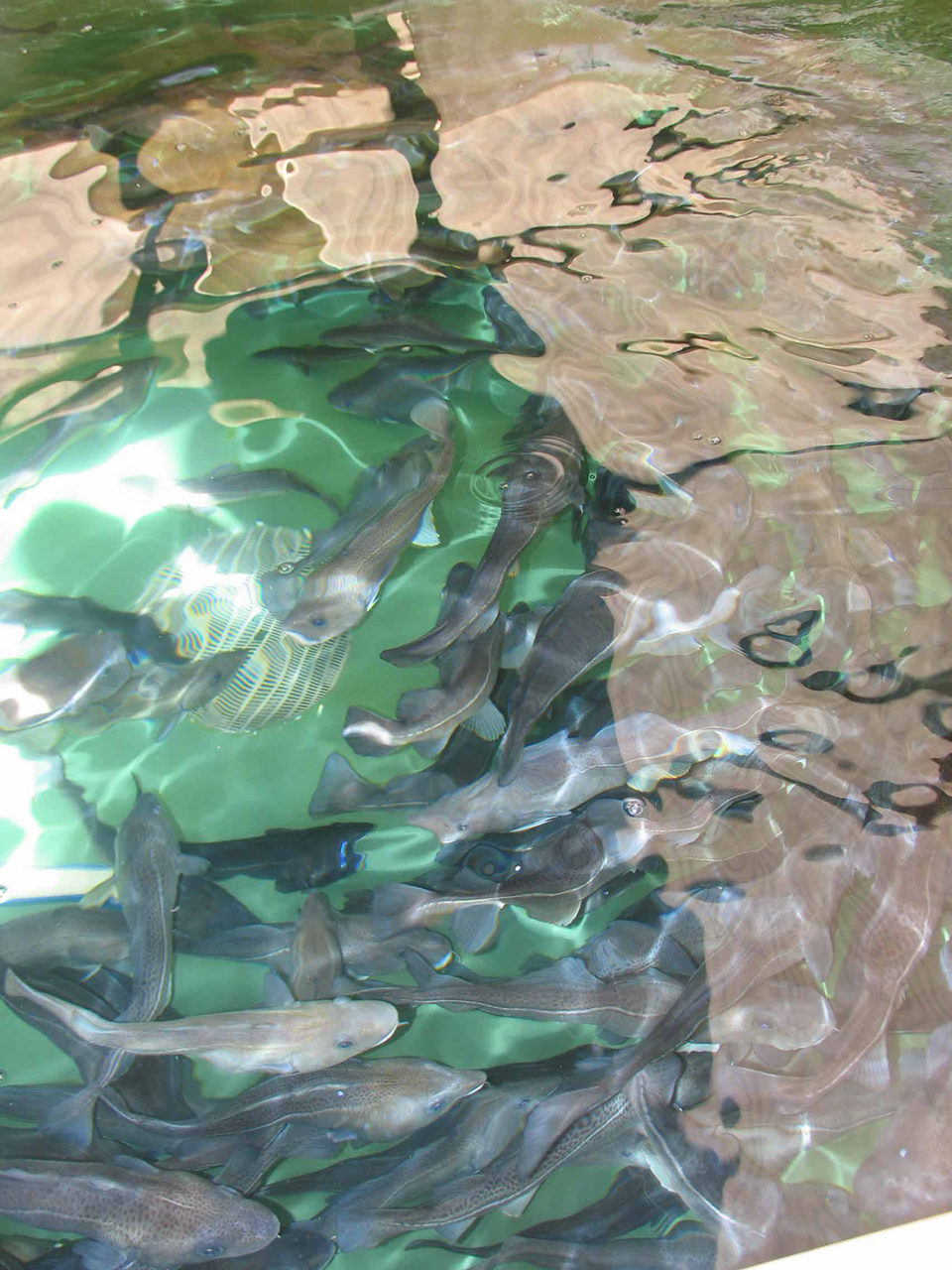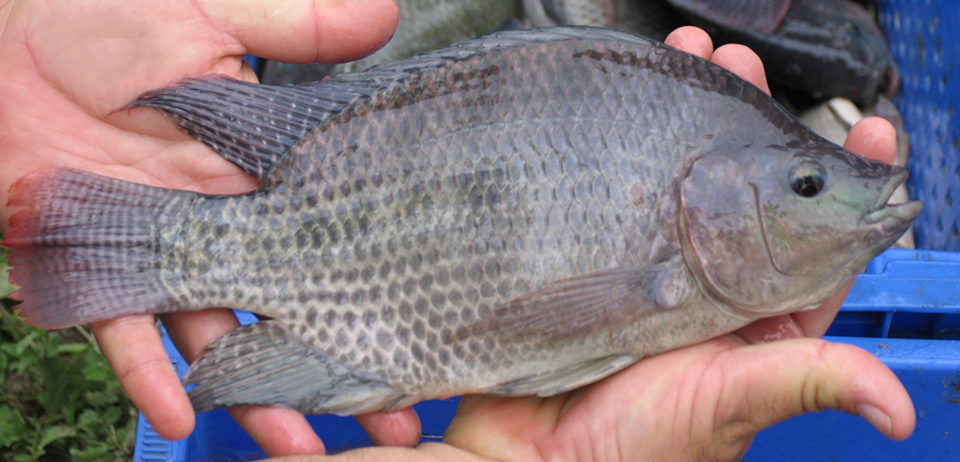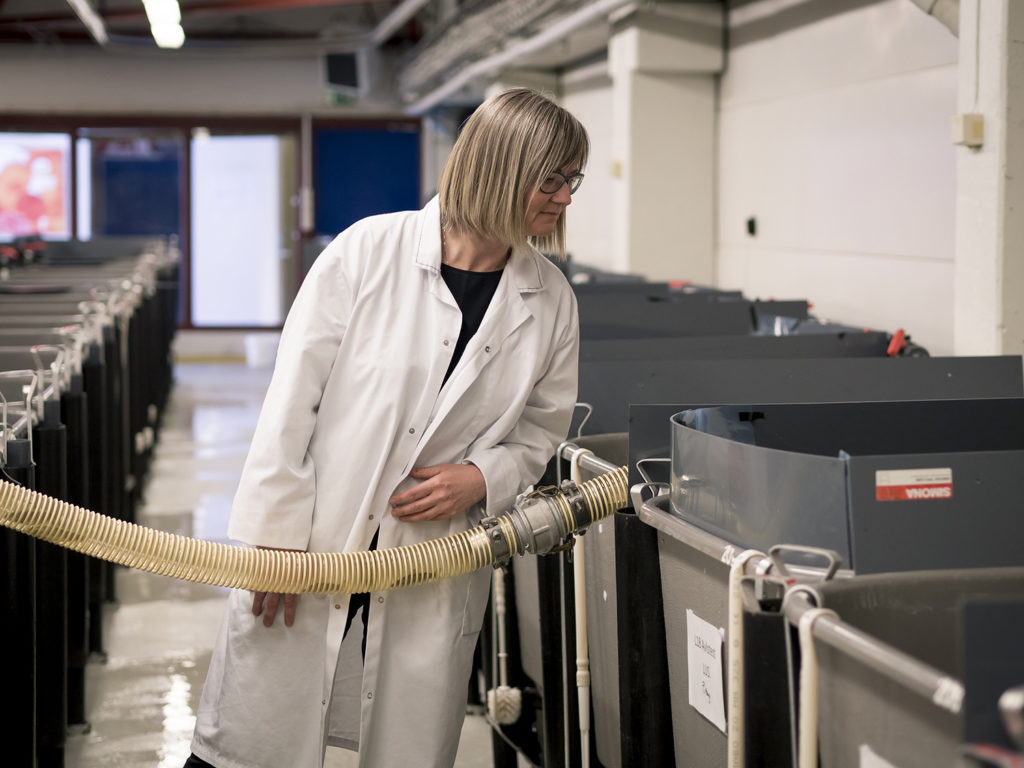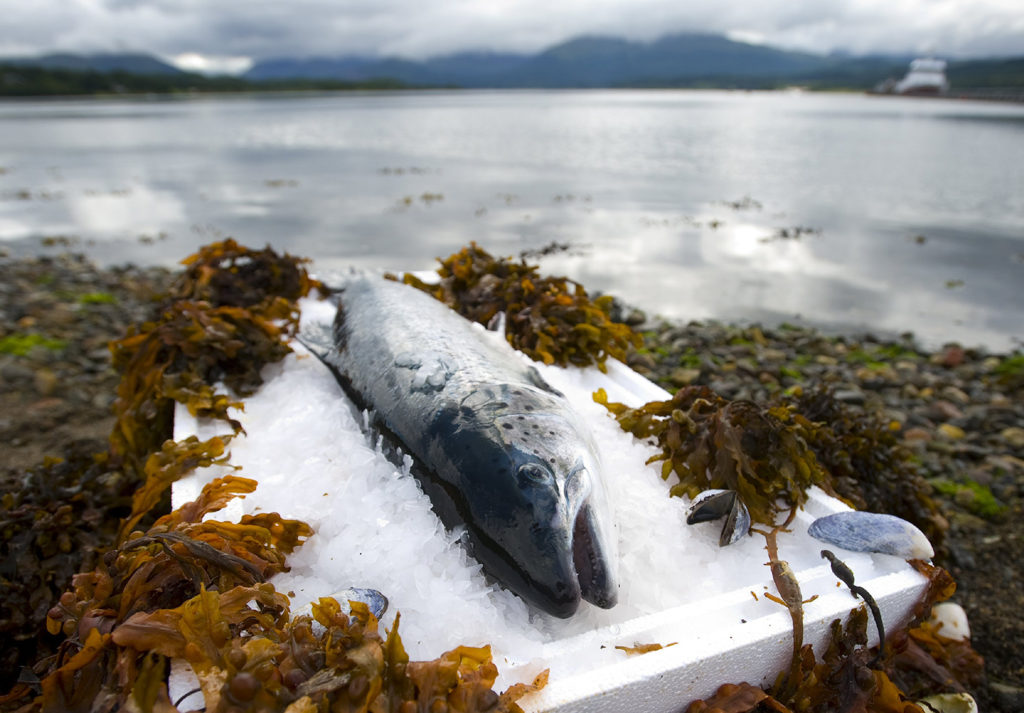Ongoing projects address fish, oysters, shrimp

Among many aspects related to production efficiency, genetics has been regarded as one of the major areas for research. Genomics is a technology-driven science aimed at the study of the structure, expression and function of the entire genetic material of an organism. This branch of science has a history of just over 20 years, and aquaculture genomics initiatives were launched around 15 years ago.
Despite the short history, aquaculture genomics took advantage of the lessons learned from other species, in particular those learned from the Human Genome Project. Major progress has been made in aquaculture genomics.
Genome sequencing
In general, a whole genome sequence can be viewed as the ultimate map of the genome, allowing geneticists to mine the genes and genetic variations associated with important production traits for the best utilization of genetics for aquaculture. One of the important aspects of a whole genome sequence is to provide a map for spatial assignments of genetic variations referred to as single nucleotide polymorphisms (SNPs). SNPs are one of the fundamental reasons why one individual performs differently from another.
Experiment-based associations of SNPs with performance and production traits allow geneticists to select fish with superior genetic material for future generations. As such, SNP technology is now being developed for several species, including catfish, rainbow trout, Atlantic salmon, cod, oysters and shrimp.
The whole genome sequence also allows the identification of candidate genes responsible for production and performance traits. Once identified and validated, such genes can be used for gene-assisted selection for superior broodstock. A sequenced genome can lead to better management of fish stocks as well as a better understanding of pathogens and disease resistance.
Sequencing projects
Several projects are ongoing with aquaculture species for whole genome sequencing. These include programs for Atlantic salmon, Atlantic cod, Pacific oysters, tilapia, catfish and, soon, shrimp.
Atlantic Salmon
The Atlantic Salmon Genome Sequencing Project is funded by Canada, Norway and Chile. A large team of scientists referred to as the International Cooperation to Sequence the Atlantic Salmon Genome (ICSASG) is leading the project. Its goal is to produce a genome sequence of Atlantic salmon that identifies and maps all of its genes and can act as a reference genome for other salmonids.
ICSASG is using traditional Sanger sequencing technology for the first phase, and perhaps next-generation sequencing technologies when appropriate for later phases of the project. Sanger technology is more expensive than other methods, but produces longer sequence reads that facilitate assembly of complex genomes such as that of Atlantic salmon.
Initial trials using the 454 GS FLX platform tested by ICSASG members generated less than perfect results with the large and highly complex Atlantic salmon genome that is believed to be tetraploid. Phase one of the project is set to be completed and made public by early 2011.
Atlantic Cod
The Atlantic cod genome, which is about one-third the size of the Atlantic salmon genome, has been sequenced by a Norwegian consortium. The cod genome was sequenced with whole genome shotgun sequencing and paired-end sequencing using the second-generation technology of the Roche 454 FLX Titanium platform.
The consortium has since assembled preliminary annotation for the genome. Its preliminary transcriptome survey revealed that 95 percent of all sequenced transcripts are found in the current version of the assembly, confirming the quality of the sequencing project.
Pacific Oysters
The genome for Pacific oysters (Crassostrea gigas) is being sequenced by a collaboration among the Institute of Oceanology of Chinese Academy of Sciences, Beijing Genomics Institute and the international Oyster Genome Consortium involving many scientists in the United States.
The oyster genome is being sequenced using the second-generation sequencing technology of the Illumina sequencing platform. The Illumina platform provides relatively short sequence tags, but is extremely efficient in generating a huge number of sequence reads per run, allowing high genome coverage for the assembly of whole genomes. The major challenge of oyster genome sequencing is tremendously high levels of genomic sequence variations.

Tilapia
The tilapia genome sequencing project was funded by the National Institutes of Health, and the work is being conducted by the Broad Institute at the Massachusetts Institute of Technology and Harvard University. The sequencing project will use second-generation sequencing technologies.
Catfish
The Catfish Genome Sequencing Project has been recently funded by the United States Department of Agriculture. This project will use a combination of second-generation sequencing technologies, including the Roche 454 and Illumina platforms.
The major advantage of this project is that a homozygous doubled-haploid fish will be sequenced, which reduces sequence variation-related difficulties for whole genome sequence assembly. The challenges include low levels of funding that prohibit the use of Sanger sequencing as a complementary tool to aid the assembly. This project is set to be completed by the end of 2011.
Shrimp
Discussions of sequencing the shrimp genome are ongoing. The International Shrimp Genome Sequencing Consortium is planning its “kick off” meeting in June of this year.
Challenges
While it is exciting to watch some of the major milestones in aquaculture genomics being achieved, great challenges still lie ahead. These include the continued lack of genome information for many aquaculture species, hindering comparative genome research. The entire aquaculture genome community is underfunded, especially in the area of functional genomics. The massive sequence-generating capacity of next-generation sequencing platforms have shifted the burden of labor from the lab bench to the computer server.
Bioinformatics, data mining and sequence annotation capabilities are in great shortage in the field. Studies associating various production and performance traits such as growth, reproduction, disease resistance, feed-conversion efficiency, processing yield, low oxygen tolerance and high- and low-temperature tolerance with genotypes still need to be initiated in most species.
Haplotype studies aiming to identify the best SNP profiles for superior trait performance are still largely in planning stages. Quantitative trait loci and candidate gene identification for many traits have, on the whole, not yet impacted production due to a lack of the high-density linkage maps needed for identification of tightly linked markers. Marker- and gene-assisted selection and genome-based selection – now a reality in cattle, chickens and swine – still need to be implemented once these hurdles are overcome.
Perspectives
Aquaculture’s future depends on technological innovations in production practices, feed composition and genetics to bring continued profitability, efficiency and environmental sustainability to the industry. Whole-genome sequencing of aquaculture species represents a major step in the right direction.
(Editor’s Note: This article was originally published in the March/April 2010 print edition of the Global Aquaculture Advocate.)
Authors
-
Zhanjiang (John) Liu, Ph.D.
Fish Molecular Genetics and Biotechnology Laboratory
Department of Fisheries and Allied Aquacultures
Program of Cell and Molecular Biosciences
Aquatic Genomics Unit
203 Swingle Hall
Auburn University
Auburn, Alabama 36849 USA[117,100,101,46,110,114,117,98,117,97,46,103,97,115,101,99,97,64,117,105,108,122]
-
Eric Peatman, Ph.D.
Fish Molecular Genetics and Biotechnology Laboratory
Department of Fisheries and Allied Aquacultures
Program of Cell and Molecular Biosciences
Aquatic Genomics Unit
203 Swingle Hall
Auburn University
Auburn, Alabama 36849 USA
Tagged With
Related Posts

Health & Welfare
A comprehensive look at the Proficiency Test for farmed shrimp
The University of Arizona Aquaculture Pathology Laboratory has carried out the Proficiency Test (PT) since 2005, with 300-plus diagnostic laboratories participating while improving their capabilities in the diagnosis of several shrimp pathogens.

Innovation & Investment
AquaGen CEO: Genomics are transforming aquaculture
The CEO of AquaGen knew that the Norwegian research group’s work in genomics was key to the salmon industry’s future. And that was before she even worked there.

Intelligence
Aquaculture UK: Stepping up to the plate
There’s considerable opportunity to grow the UK aquaculture industry. At the Aquaculture UK exhibition and conference in Aviemore, Scotland shows the way.

Innovation & Investment
Artemia, the ‘magic powder’ fueling a multi-billion-dollar industry
Artemia, microscopic brine shrimp used as feed in hatcheries, are the unsung heroes of aquaculture. Experts say artemia is still inspiring innovation more than 50 years after initial commercialization. These creatures are much more than Sea-Monkeys.


